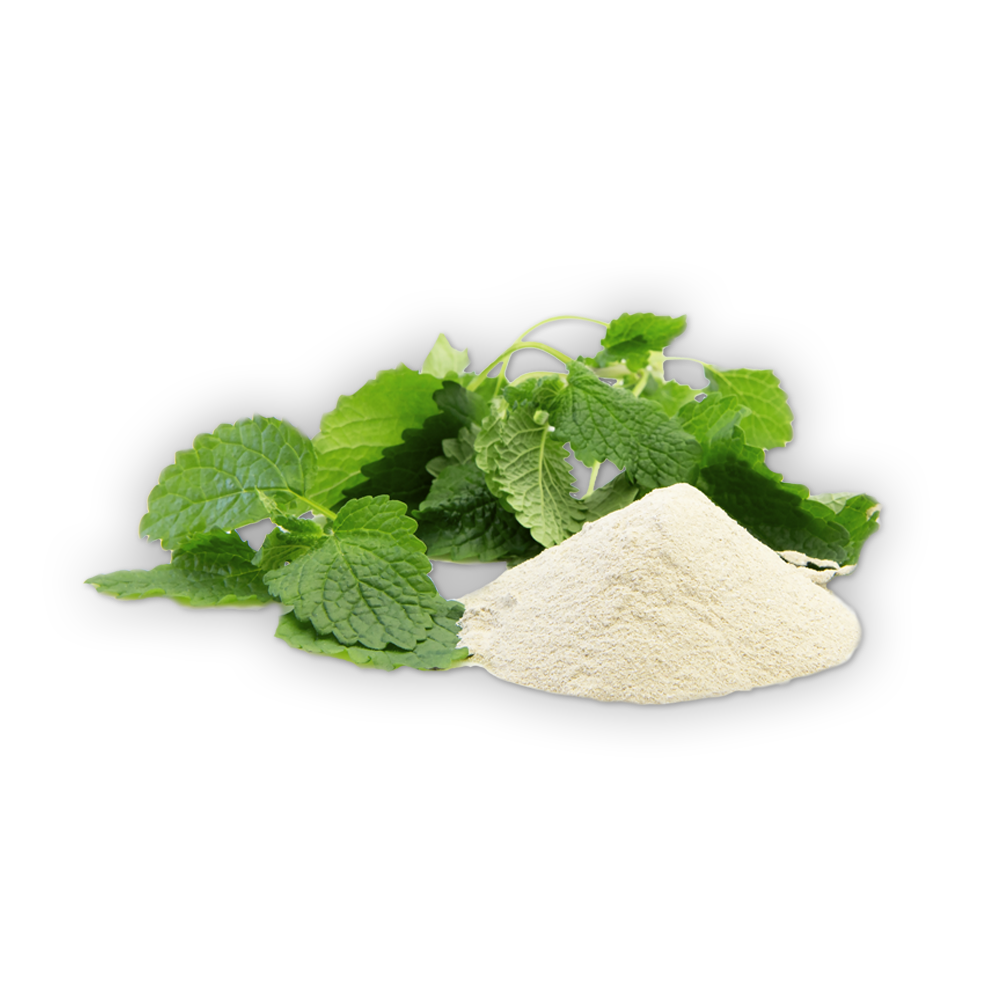Steroidal saponins, molecules contained in fenugreek cotyledons which enable to Stimulate appetite Nutritional management of sow from the gestation to the end of lactation is critical for achieving and maintaining optimal sow productivity, longevity and litter growth. Fenugreek (Trigonella foenum-graecum) is an annual plant that belongs to the Fabaceae family which possess steroidal saponins. These …
Continue reading “The effect of fenugreek cotyledons on farrowing sows’ performance”










